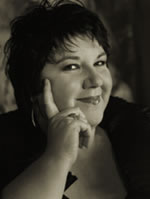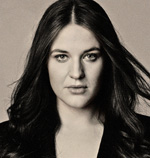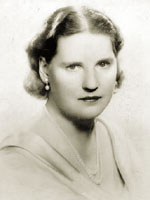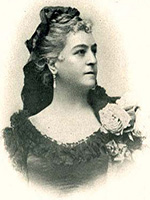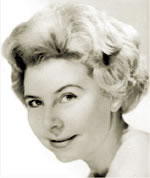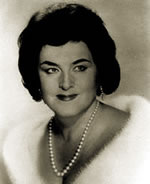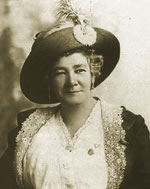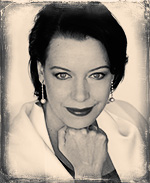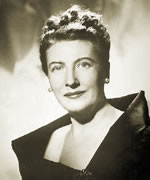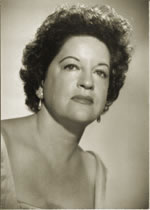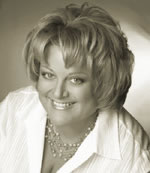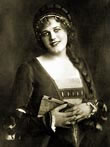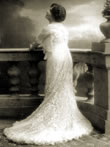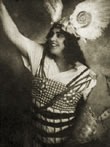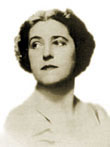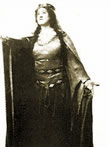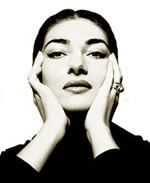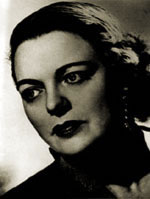 |
| Martha Mödl (1912-2001) |
| One of the most admired and dramatic of the postwar generation of German opera singers, Martha Mödl enjoyed an extraordinarily long career, beginning in 1942 and continuing for almost fifty years. She is best remembered for her roles at Bayreuth in the 1950's, where her intense portrayals of Brünnhilde, Isolde, and above all Kundry epitomized Wieland Wagner’s New Bayreuth style. Like her rival, Astrid Varnay, she made audiences forget the strain sometimes evident in her singing, by virtue of her riveting interpretations. For although she valued musical accuracy, it was the dramatic potential of a role which interested her most of all.
Mödl was born in Nuremberg where she worked as a bookkeeper and secretary until the age of 28. She gave that up to study at the Nuremberg Conservatory, and began her career at Remscheid in 1942 as Hänsel and Azucena.
The Wagner roles quickly followed: Venus
at Hamburg, and Kundry at La Scala under Furtwängler in 1950 and a year later under Knappertsbusch at the Bayreuth Festival’s legendary reopening season, directed by Wieland Wagner, one of her staunchest supporters. There during the 1950s she was also to be heard as Brünnhilde and Isolde, a role she sang in London during Stuttgart Opera’s visit there in 1955.
Mödl is immortalized on recordings of her major roles at Bayreuth, most notably Kundry with Knappertsbusch (1951) and Isolde with Karajan (1952), and, as Brünnhilde, on Furtwängler’s Ring cycle for EMI. |
|

